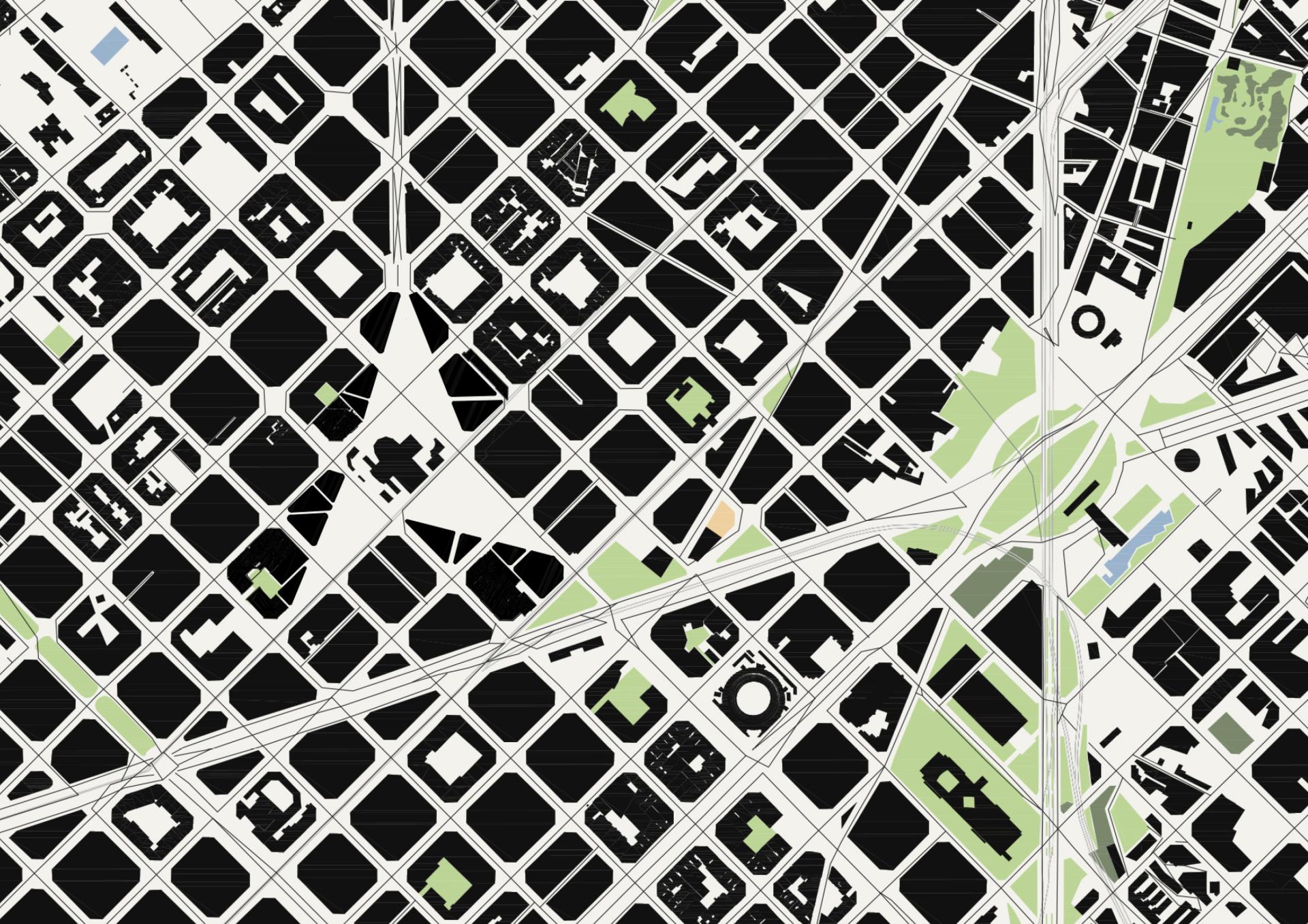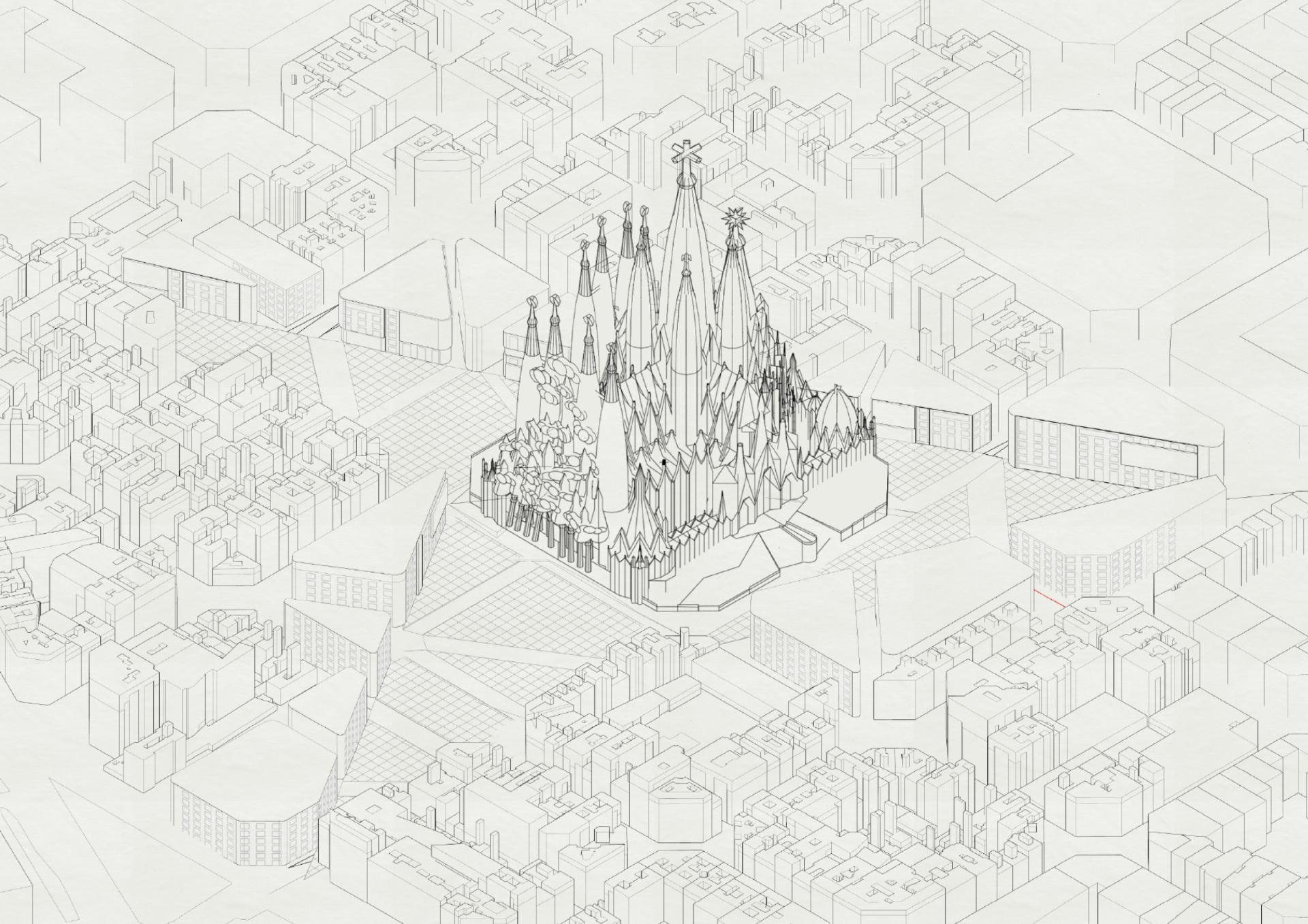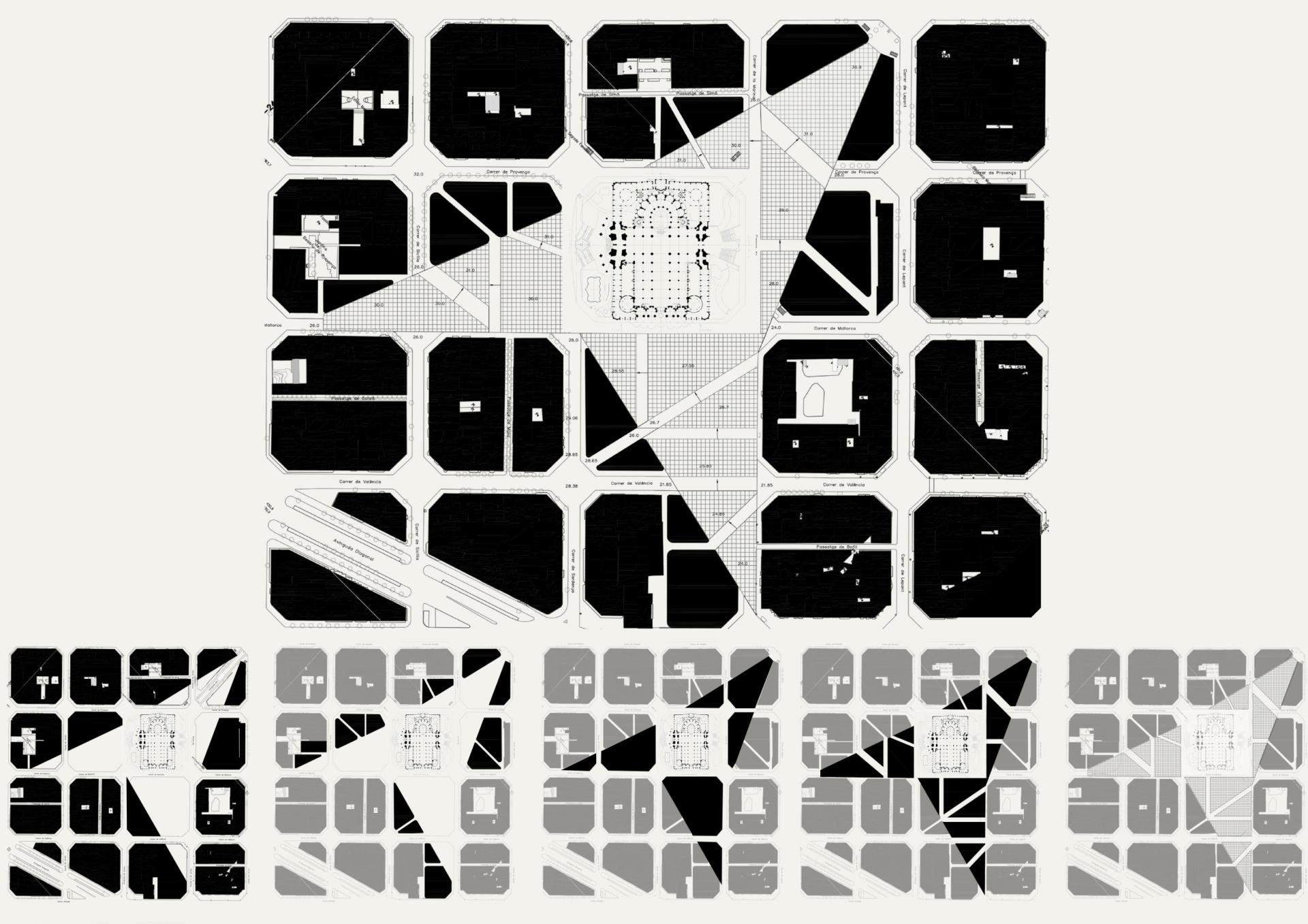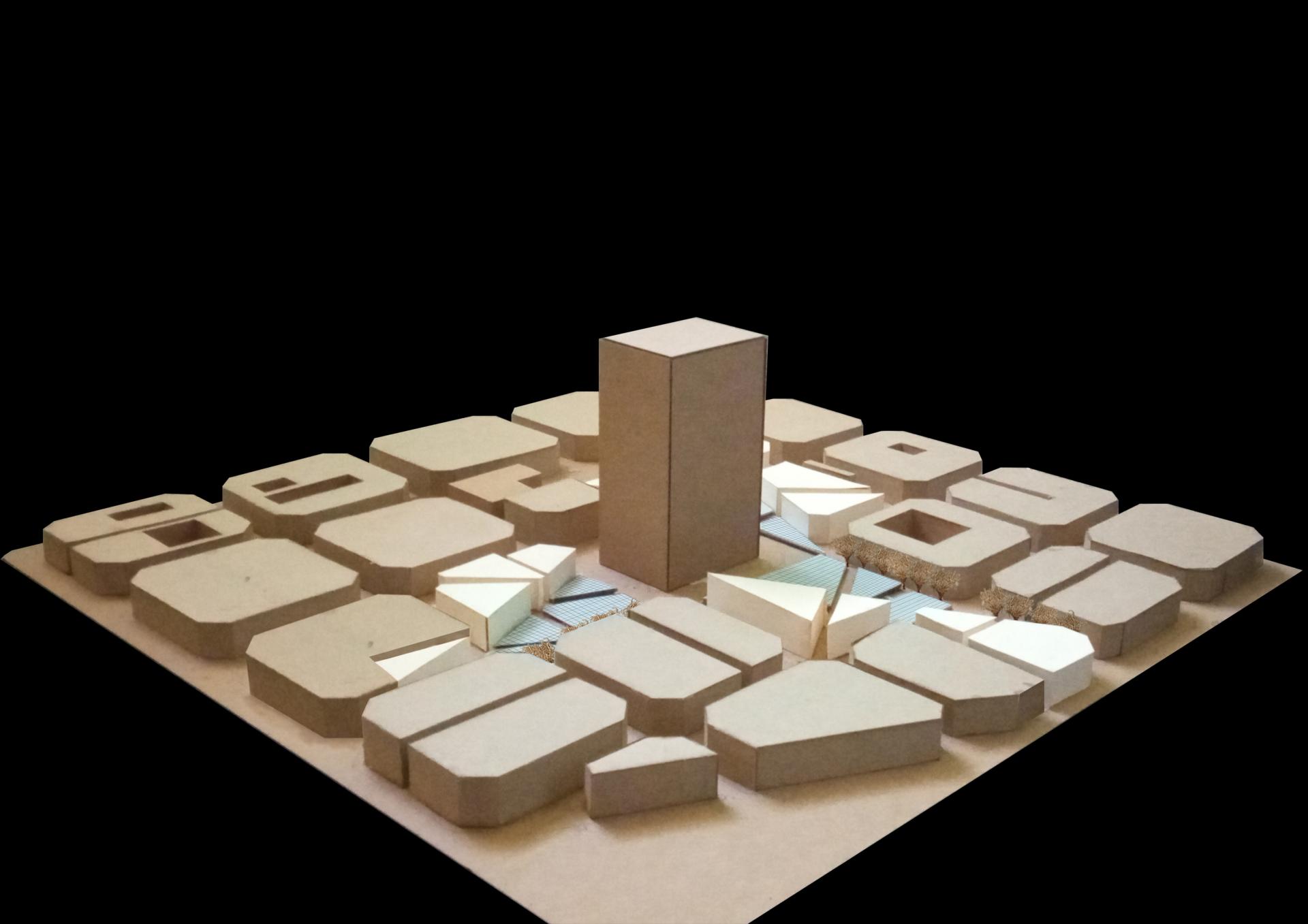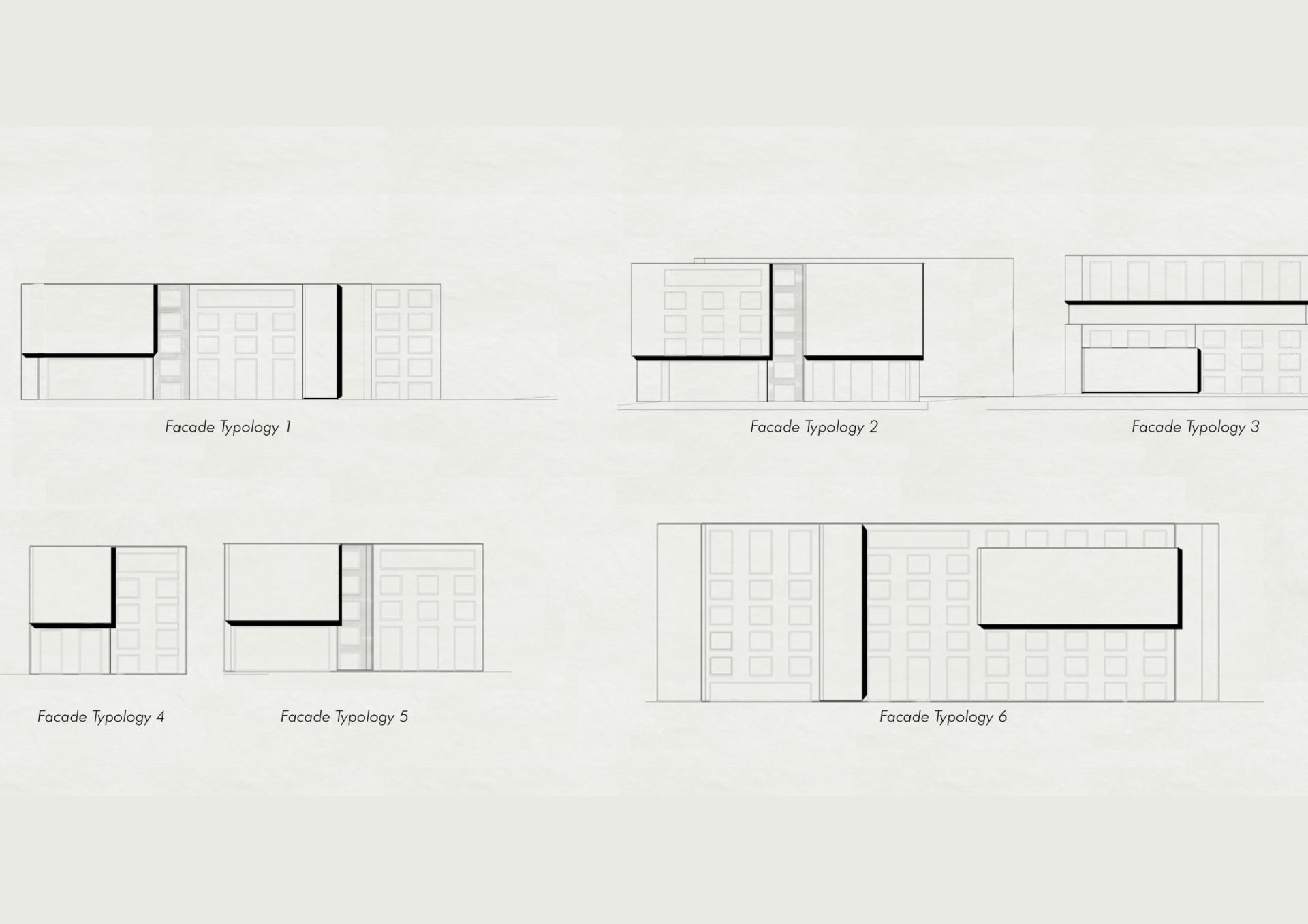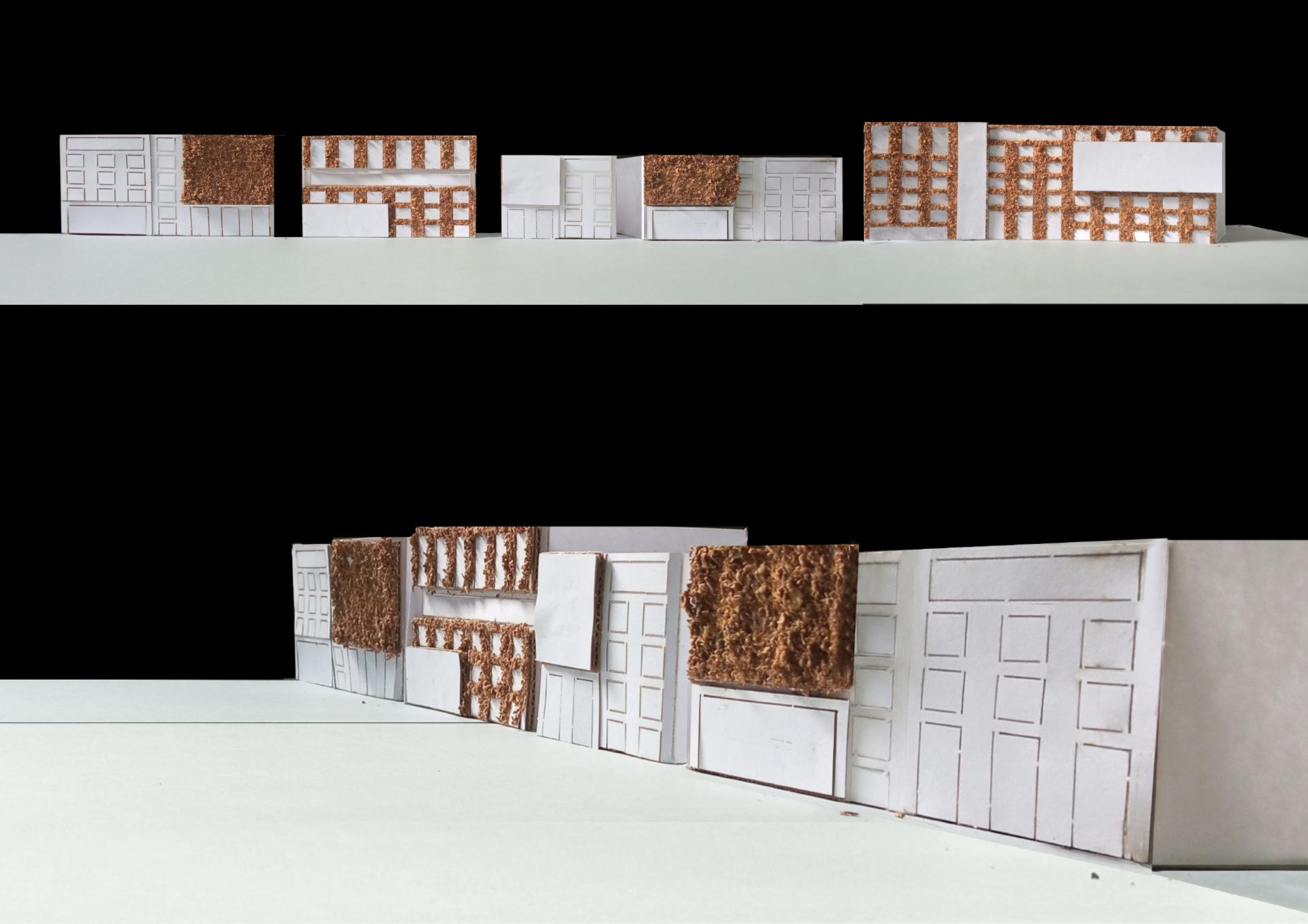Piece to Whole-Sagrada
Basic information
Project Title
Full project title
Category
Project Description
Piece to Whole-Sagrada project aims to transform the surrounding area of Sagrada Familia and adapt its environment to the new sustainable era. Star shape consists of three arms looking at Sant Pau Hospital, Arago street and Plaça de Mossen Jacint Verdaguer that are most dense three zone around Sagrada Familia. Therefore,Sagrada Familia will be focus point of people through the new star shape.Conception of the piece to whole aims to divide volumes into small pieces without losing whole picture.
Geographical Scope
Project Region
Urban or rural issues
Physical or other transformations
EU Programme or fund
Which funds
Description of the project
Summary
In this project,star shape of Gaudi has been reinterpreted according to current situation of city and area.Star shape consists of three arms looking at Sant Pau Hospital,Arago street and Plaça de Mossen Jacint Verdaguer that are most dense three zone around Sagrada Familia. Therefore,Sagrada Familia will be focus point of people through new star shape.Conception of piece to whole aims to divide volumes into small pieces without losing whole picture. Buildings were divided smaller pieces and large squares also were divided into small pieces by using topography of site.In this way,small squares are part of large square. Topography is used as an element that provides discontinuity,and small squares were linked through slope and ramps. At the same time all area has been pedestrianized to avoid car entrance.Car roads crossing square were moved to underground.
Conception aims to divide whole into small pieces without losing big picture.Volumes initially are divided through passageways. This action completely coincides with city structure of Barcelona since most of gridal blocks are divided through passageways.Moreover, another benefit of deduction in design is to provide space between blocks,which enables buildings to get natural light and benefit from natural ventilation.
Key objectives for sustainability
Piece to Whole-Sagrada project aims to transform the surrounding area of Sagrada Familia and adapt its environment to the new sustainable era. Volumes are rearranged to create more public spaces for people and to promote circulative pedestrian movement. It is aimed to use leftover construction materials, that will emerge as a result of the demolishment process of existing structures, for cladding of new building facades. Leftover concretes, stone, and soil will be mixed and will be applied to the facades of new volumes. New soil-based façades aim to reduce energy use by increasing the thermal insulation performance of the buildings. Moreover, the reuse of leftover construction and cladding materials for new purposes is aimed at a decline in the production of new construction materials. In this way, it is intended to pull down carbon emissions through reevaluating materials. New building volumes are divided by many passageways, which targets to use of environmental conditions such as natural light and ventilation at optimum level. With the inauguration of new green spaces around Sagrada Familia, it is intended to transform existing parts of cities into more habitable urban spaces. The project aims to take action to create a circular design and construction process in virtue of reusing materials such as steel and concrete. The project area will be fully pedestrianized to encourage sustainable mobility. Vehicle traffic will be taken underground so that carbon emission will be avoided in this region. Intervention decision in a central and tourist attraction location, that is Sagrada Familia, of Barcelona aims to inspire sustainable adaptation of prominent central locations of the cities in Europe. Another essential point of the project is to maintain urban fabric in a new sustainable context
Key objectives for aesthetics and quality
The initial purpose of the project was to adapt new building typologies into the grid and rational urban structure of the city of Barcelona. Facades of existing blocks in L’Eixample region were conceived in rational and Catalan modernism architectural styles. Therefore, it is important to have a visual correlation with existing building blocks for the aesthetical success of the project. The project reinterpreted the rational façade design in newly proposed volumes through the use of divergent materials. With the combination and arrangement of soil-leftover material mixtures and white paint, proposed volumes will contact visually with existing structures. Moreover, the natural color and texture of the soil will coincide with the existing urban fabric, in which natural stone is the dominant material. Based on the piece to whole philosophy, large squares were divided into small pieces through the creation of elevation differences. In this way, it is aimed to avoid desert and empty huge space amidst buildings. The visual appearance and functional utilization of the public spaces will be enhanced and be satisfied for users. For the convenient atmosphere and user experience, the granite stone surface, which is aesthetically satisfied and provides a comfortable user experience, is selected. Since the car entrance to the area is eliminated, citizens will not be disturbed by the high level of noise and vehicle traffic. Thus, public space will have a continuous pedestrian area without being interrupted by any vehicle. The creation of a peaceful atmosphere around the Sagrada Familia is promoted by introducing new green areas, uninterrupted pedestrian mobility, and small public spaces that are more visually attractive than large empty spaces. Piece to Whole project is intended to be an exemplary study for the rearrangement of large and empty traditional squares, which are not attractive and do not present a convenient experience for users, around the world.
Key objectives for inclusion
The project is developed in a prominent and central location. The area correlates with major streets and many historical attractive places in Barcelona. Hence, intervention in this area can reach other regions easily and has a positive impact on the urban scale. Citizens could access this prominent location through public transportation. Despite elevation differences among public spaces, these areas could be accessed easily through low-slope ramps. Therefore, the project welcomes all kinds of people such as disabled persons, older people, etc. Division of public spaces into small regions will accelerate and bolster the socialization of citizens because people could contact others better in small areas rather than large empty spaces. The granite stone surface of plazas both coincides with Mediterranean plaza dura conception in public spaces and creates a durable, relatively economical, and feasible solution against dense human circulation. In terms of new buildings, they would be used as public housing. The ground floor, as in most of the existing buildings in Barcelona, is left for the use of commercial and retail activities. Thus, these new functions will bring economic and social benefits to the surrounding neighborhood and city. Since location is one of the most popular tourist attraction points in Barcelona and Europe, the project aims to have an international impact.
Physical or other transformations
Innovative character
“Piece to Whole” intends to maintain the existing urban fabric of Barcelona by introducing a new sustainable proposal. Initially, new structures are divided into small volumes by a series of passageways, which coincides with the existing urban structure, in which blocks are divided by passageways, of Barcelona. In terms of sustainability, the reason behind the division of volumes is to provide natural light and ventilation to the buildings in order to reduce the energy use of the houses. Moreover, these passageways facilitate pedestrian mobility in the region by creating shortening distances. Since passageway facades of buildings have direct visual interaction, it is aimed to enhance the social relationships among the community. In terms of the spatial arrangement of squares, it is pursued a similar approach. The creation of small plazas within the large triangle squares intends to facilitate social interaction among users and to make squares aesthetically satisfied. The conception of “piece to whole” is implemented on façade layout arrangement based on rational design method. While these new facades contact with existing buildings visually, they bring sustainable solutions by providing thermal insulation for buildings. It could be seen that the conception of the deduction is implemented in different scales in order to adapt sustainable solutions without breaking the bond with the existing context.

